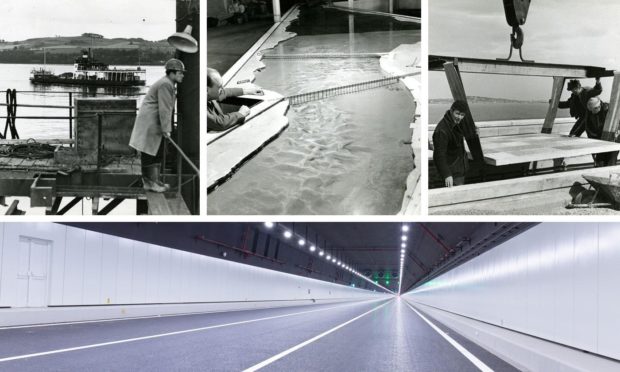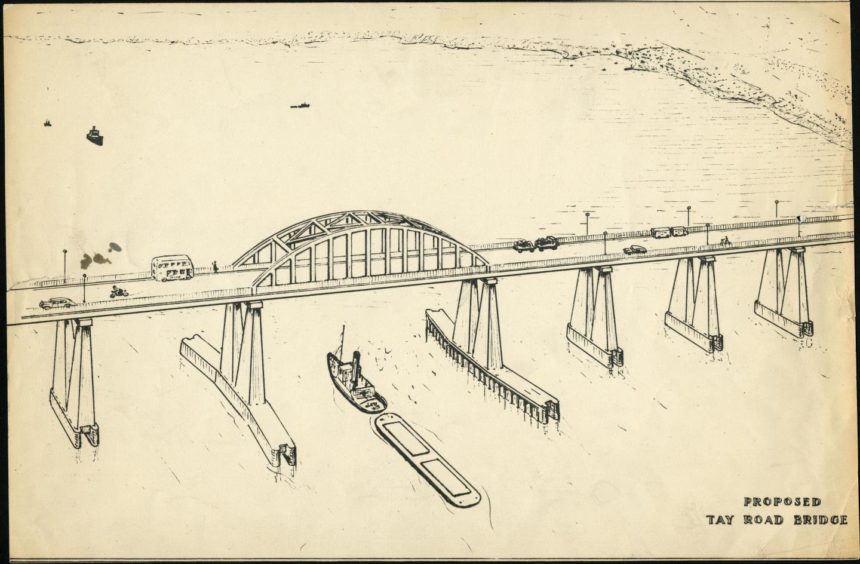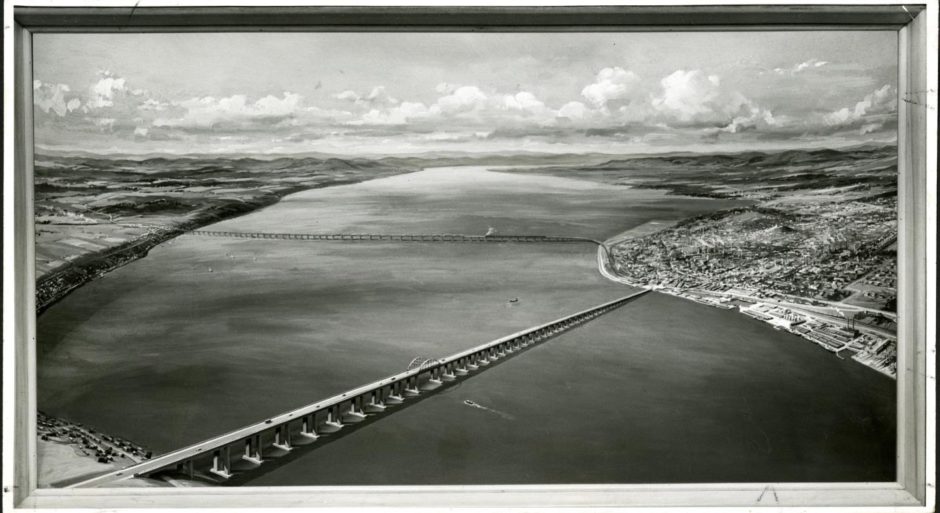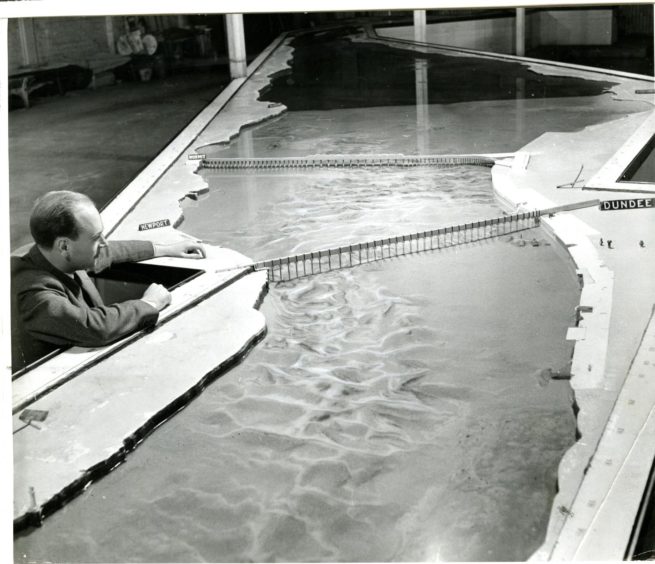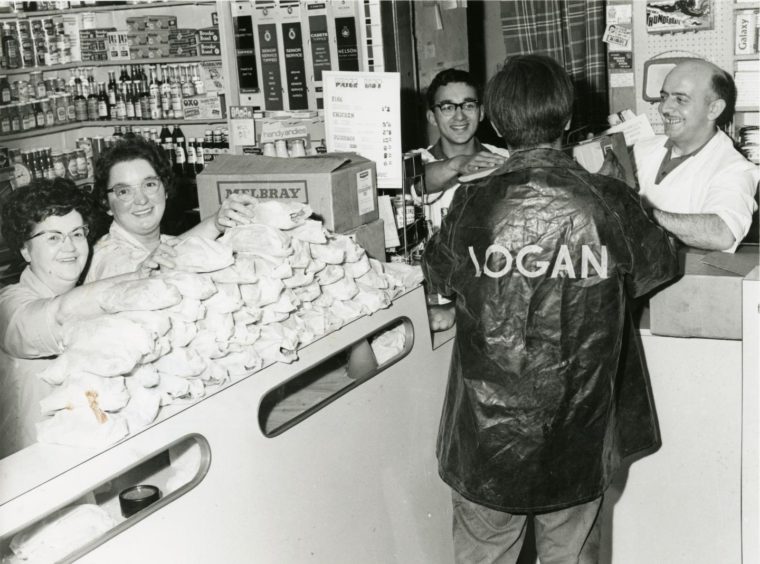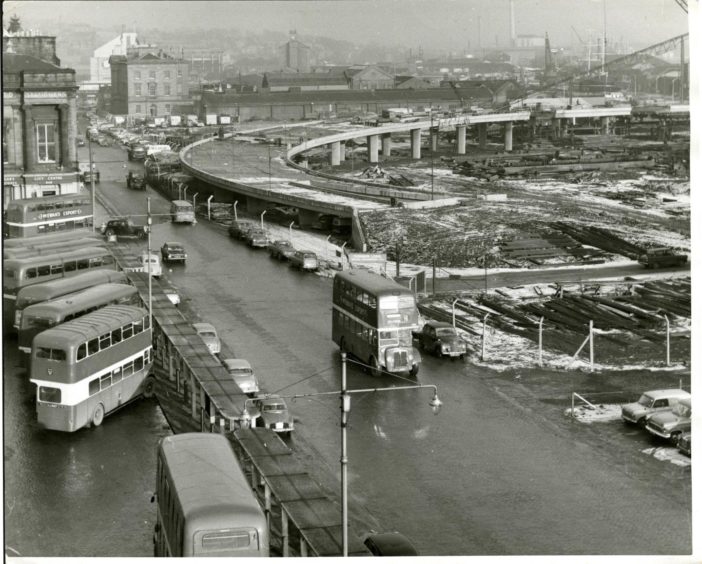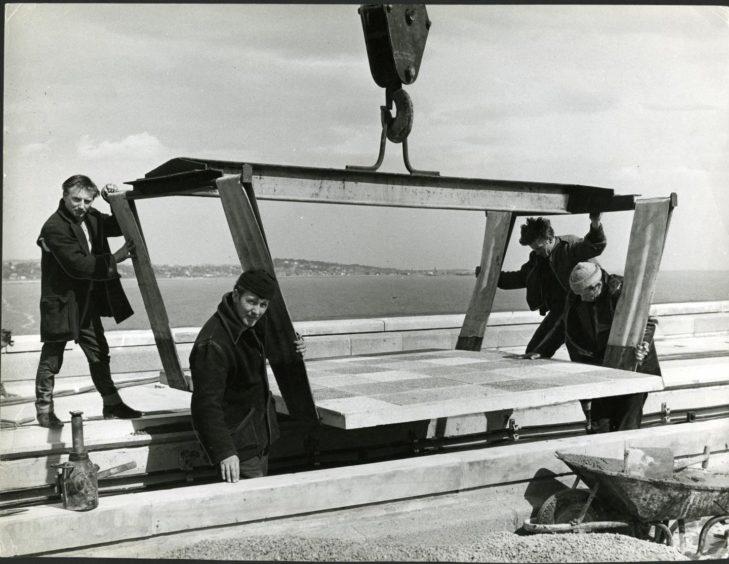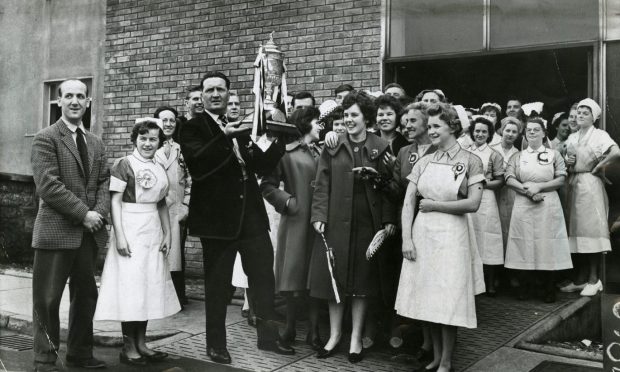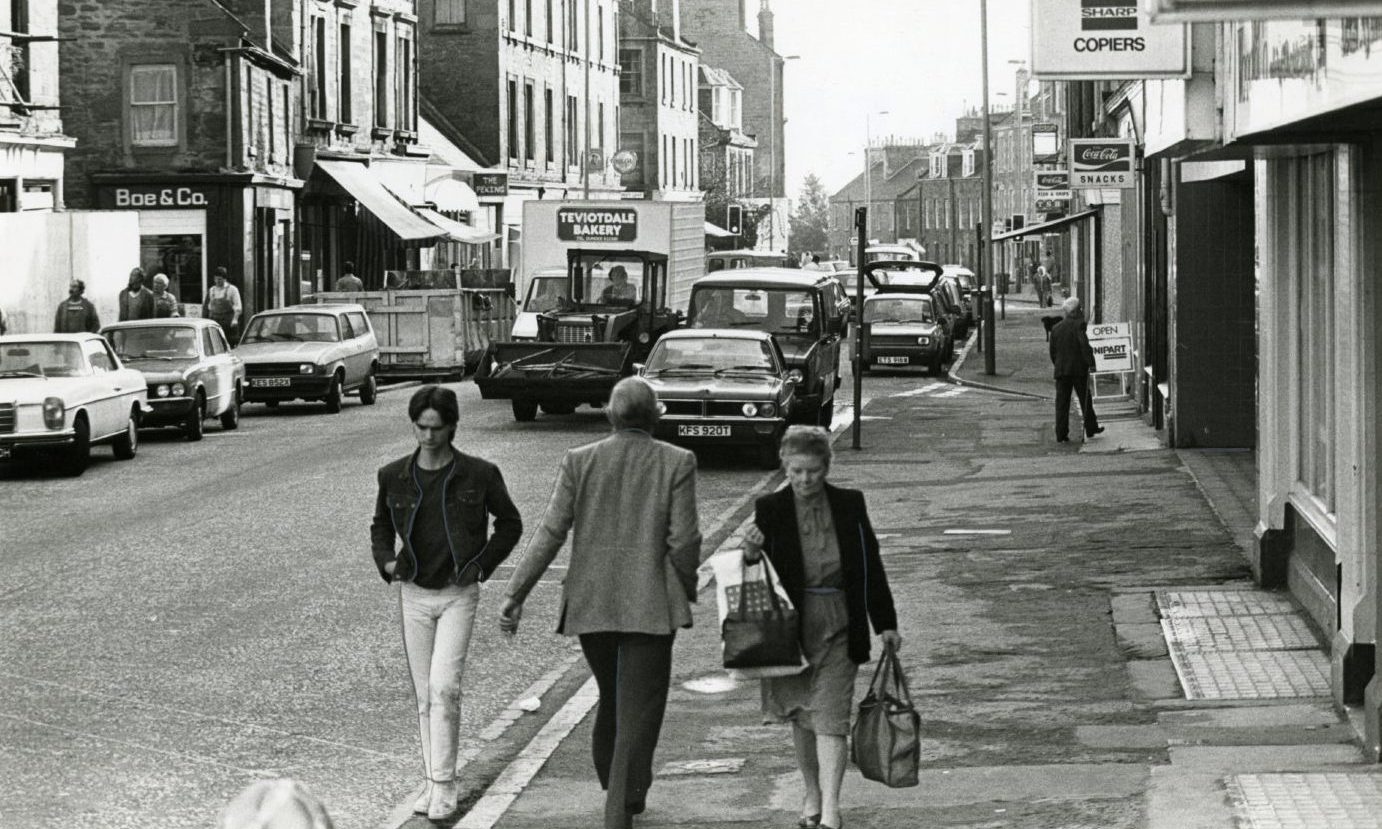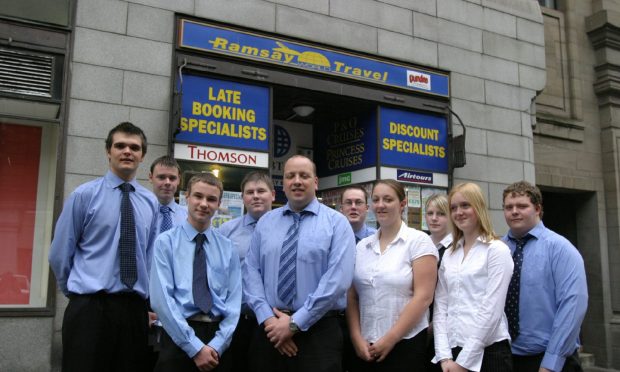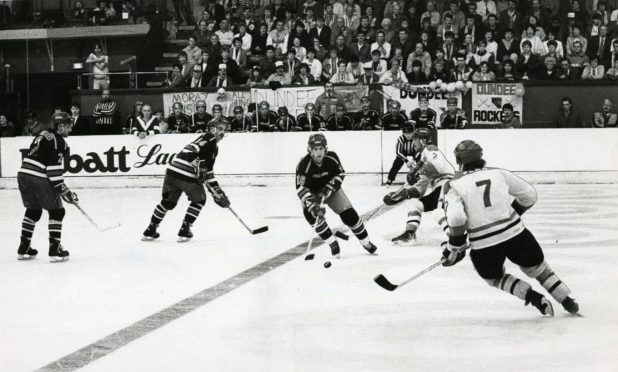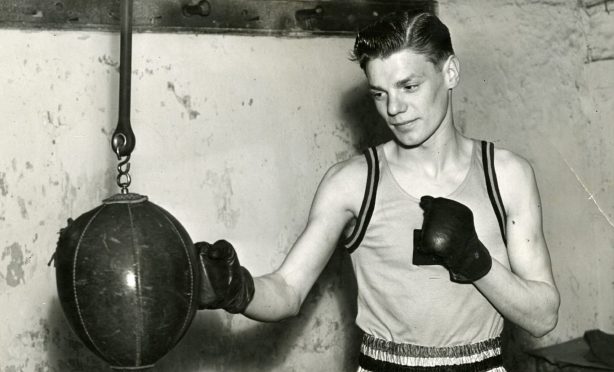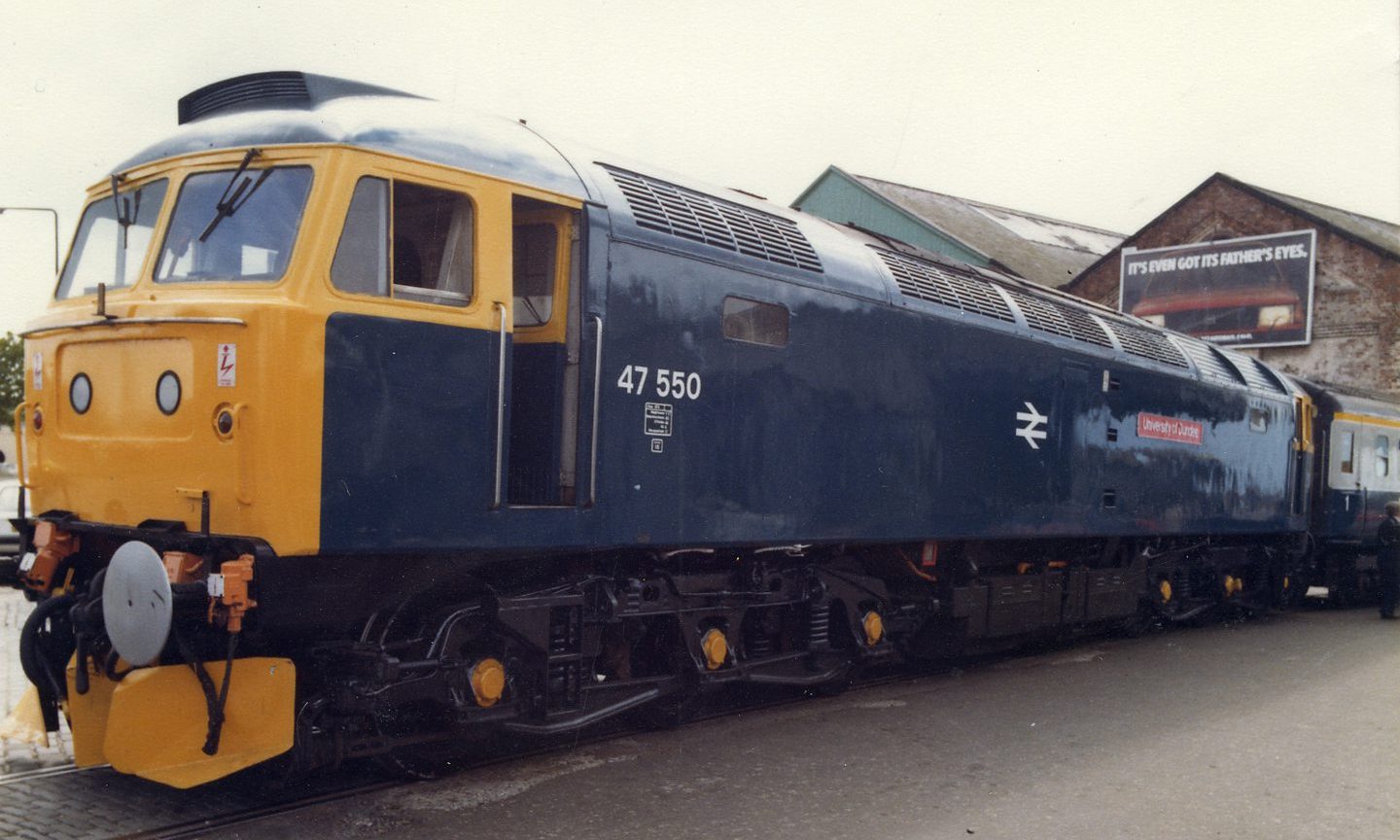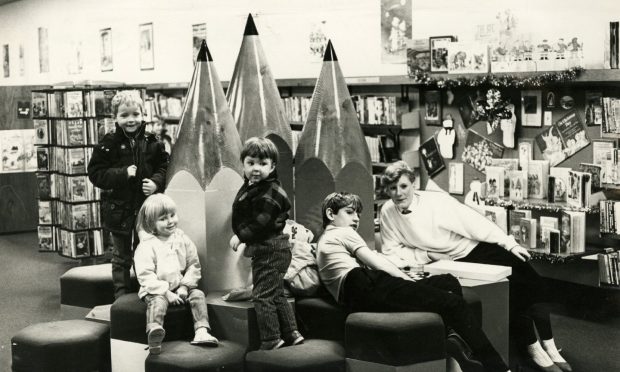Fantastic as it may seem now – plans were once drawn up to build a tunnel under the river between Dundee and Fife.
The underwater route was among five alternatives considered for the road crossing in 1955 before agreement was reached for a bridge from Dundee to Newport.
Others included a tube; a causeway with centre span; a high-level bridge from Woodhaven; and a low-level bridge with a central span opening for river traffic.
So why did the underground tunnel never materialise?
Iain Flett from the Friends of Dundee City Archives said the fill of the buried glacial channel would have been enormously problematic.
“The idea of a tube or tunnel is interesting in principle but confounded by the geology of the river bed which would have caused bankruptcy at an early date -rather like the Dundee-Newtyle Railway being stumped by the Law tunnel,” he said.
“The shale on the river bed would cause problems to both Sir Thomas Bouch (heavy brick substituted for unsuitable light cast iron) to Willie Logan (a Royal Naval lifting craft was hired to right a sloping pillar) and the latest casualty was the supporting pillar in the Tay for the V&A.
“James Thomson, he of Logie, the Caird Hall and circles (roundabouts) did consider putting a road bridge on top of the brick stumps of Bouch’s ill-fated rail bridge.
“The brick supports were in fact stable, unlike the ironwork, and had had to be dynamited down to water height.
“Considering the light vehicles of the age, notably the Model T Ford, such a bridge would initially have been sufficient for motor traffic but would have been insufficient by the advent of the heavier vehicles of the 1930s.
“The City Archives Flickr account has a fascinating microfilm of an expansive idea in the 1930s of a substantial bridge built in steel and brick from Woodhaven, but the lesson of that scoping idea was that ‘traditional’ was going to be far too expensive and hard to sell to both central government and to local authorities.”
Why was tunnelling dismissed?
A Courier report from August 1955 said tunnelling was “out of the question” and outlined the factors which led to the five alternatives being dismissed.
“The tube from the Tay is a different proposition from that at the Forth and would prove more costly than a bridge.
“Tunnelling was out of the question too, since the depth of the tunnel would have to be very great, and this would make the approach roads on both sides out of all proportion to the project itself.
“On the Fife side this would be more complicated because of the height of the ground on that shore.
“A causeway built out into the river might interfere with the navigation channel and the harbour by scouring and silt.
“A high-level bridge from Woodhaven presented two issues.
“First, the river at this point has two channels, and the high-level arches required would add to the cost.
“Then the jumping-off point at Woodhaven would involved tunnelling or boring through the rock in order to get approach to the Cupar-Newport road.
“There are objections to a low-level bridge with central span opening.
“The mere fact that the span is to open means the holding up of road traffic whenever any vessel is passing up or down the river.”
The plan which was proposed in 1955 was a bridge from Dundee to Newport with novel minimal design using modern materials at a bargain price of £3 million.
The Tay Road Bridge Joint Committee was formed with William Fairhurst chosen as project engineer and by 1960 his plans had been accepted.
Mr Flett said: “Quite apart from creating a roadway in the air, the necessity of having a launch pad for the north end meant the infill of Dundee’s first docks, innovations in their own time – the William IV designed by Thomas Telford and the Earl Grey in memory of his radical support of the 1832 parliamentary franchise.
“Many Dundonians do not appreciate that the steel box structure of the bridge was constructed by the Caledon shipyard – a clever use of local engineering and technology.
“The Caledon described the bridge as the longest vessel they had made – 1.4 miles.”
Once Fairhurst’s design for the bridge was finalised tenders for the work were invited, and the firm of Duncan Logan was chosen which was headed by son Willie.
He was sadly to be killed in an air crash and never saw his bridge completed, but his keen interest in the construction and his workers was legendary.
He would arrange fish suppers at teatime where a Morris Minor van would reverse up the temporary carriageway dishing then out as well as ice cream in summer.
Mr Flett said it would have been assumed that Fairhurst would have been given a knighthood for outstanding bridge design, but rumour is that his original three-up-and-two-along slab pattern on the central walkway was reminiscent of the chess “knight’s move” and “such presumption meant that he didn’t get it”.
Race against time
Sarah Aitken, assistant archivist at Dundee City Archives, said Logan almost didn’t get the job of building the bridge because of heavy snow.
She said: “Tenders had to be in to the council by 11am on January 17, but the Logan base was up at Muir of Ord and some bad weather prevented them from driving to Dundee.
“So they scrambled an aircraft they had recently purchased to fly from Renfrew to Muir of Ord and then to Dundee.
“At this time the airport was just an unmarked grass strip.
“And they also had to contend with heavy snow.
“But they made it to the City Chambers – with 15 minutes to spare to hand in the last of the 16 tenders received.
“Of course, this plane was the first of what would become Loganair.
“One of the reasons Logan were awarded the contract was the fact that they were going to have the box girders for the bridge made at the Caledon Shipyard.”
But was the underground tunnel proposal always dead in the water?
Historian Dr Kenneth Baxter from Dundee University said the underwater tunnel idea might have reflected the fact that the Clyde Tunnel was planned (but construction delayed) at this time, and Liverpool was linked with the Wirral by tunnel.
He said: “That might have got people thinking it was something that could be looked at for the Tay.
“However the Clyde Tunnel is of course considerably shorter than any tunnel under the Tay would have had to be, and as is clear from the report the required depth and other factors meant it was not viable.
“The bigger issue is probably the site chosen.
“If they had gone with a route further up the Tay it might have completely changed the redevelopment of the King William IV and Earl Grey Docks and it is just possible, but by no means certain, the Royal Arch might have survived to this day.
“I also think given the earlier failures, it is interesting to speculate what would have happened if the bridge had again been delayed by another 10 or so years.
“Apart from the impact on Dundee’s waterfront, the Dundee to Tayport and Dundee to St Andrews railway lines would have almost certainly stayed open, at least in the short term because Beeching did not recommend their closure.”
The Tay crossing brought a social and economic revolution to Dundee and north Fife, opening up communities to business and tourism and also making it easier for Fifers to commute.
Sounding the death knell for the Fifies – the ferries which sailed between Newport and Dundee – the bridge carried 70,000 vehicles that first weekend, averaging out at 6000 vehicles per day thereafter.
To celebrate the opening William Fairhurst commissioned a set of silver necklaces depicting one pair of the bridge piers and presented one to the wife of each of the partners in his firm.
